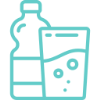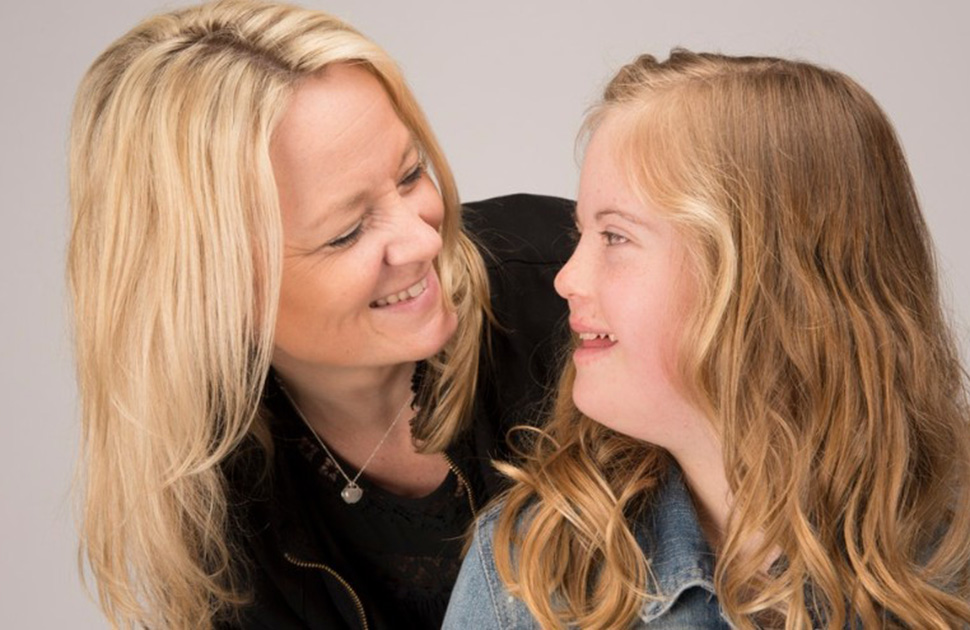
For best results make sure background graphics are enabled.
Physical activity is very important! Children should aim to do a total of at least 60 minutes of physical activity per day. There are lots of recreational activities that you can do. These activities can take a lot of effort and energy, but allow you to rest when you need to — players aren't pushed to win like in competitive sports.
Wear a warm hat and several layers of lighter clothing, rather than one heavy layer, to keep warm during wet/rainy or winter activities.

Wear sunscreen when you are outside, in the summer and winter.

Start vigorous activities gradually so your heart, lungs and muscles get warmed up before you try to do really strenuous activities.

Drink lots of water (drink before you are thirsty), especially when it is hot.

Always wear a helmet when doing something where your head could get hurt or you are moving at a fast speed like biking or ice skating.

Use talking to see how hard you are exercising. You should be able to comfortably talk while active. You don’t have to be completely out of breath to get fit. Holding your breath makes your heart work harder, so remember to breathe.

Outdoor time
Kids and teens who spend unsupervised time outdoors have better-developed motor skills, social behaviour, independence and conflict resolution skills!
Did you know:
- Only 1/3 of children between the ages of 5-17 meet the required 60 minutes of heart-pumping activity a day.
- Although many kids participate in organized sports, they're not as active during that time as we may think. For one hour of physical education at school or in lessons, children are active for less than 20 minutes.
- Children are most active when playing outdoors — kids take 33% more steps when physical activity classes are held outdoors! Encourage outdoor activities in a variety of weather conditions.
- It's very likely that both your child and their peers are not active enough. Children with medical conditions or disabilities are even less likely to be active.
How to dress for outdoor play
Wear weather-appropriate clothing like sunglasses, sunscreen, a hat/toque, waterproof mittens, a warm waterproof shell, rain or winter boots, rain or snow-pants and a scarf. Bring an umbrella, extra clothing, dress in layers and stay hydrated!
Why take risks during physical activity?
Outdoor time is important for children and teens and taking risks is a necessary part of play. These kinds of experiences are a lot less common for kids and teens today.
We overprotect kids to keep them safe but keeping them close and indoors may set them up to be less resilient and more likely to develop chronic diseases in the long run. When children and teens are supported to take reasonable risks, they have more fun and learn how to assess and manage risks in all areas of their lives. Risky play can mean reasonably playing at high speeds, with heights, tools or the chance of getting lost.
Why is 'risky play' important? It helps kids:
- health, development and well-being
- build resilience and self-esteem, as well as develops their social skills and self-confidence
- become more physically active
- learn how to manage risks and keep themselves safe
Not sure what activities you can do?
Ask your doctor or nurse to fill out this form and talk to them to make sure you understand what activities you can do.
You can do activities that make you breathe faster:
![]() Vigorous dynamic activities that make you breathe really hard and get your heart beating really fast, such as skipping, badminton, long distance running, soccer, tennis, cross-country skiing (classic style), field hockey, squash, orienteering, ultimate frisbee, swimming, ringette or racquetball.
Vigorous dynamic activities that make you breathe really hard and get your heart beating really fast, such as skipping, badminton, long distance running, soccer, tennis, cross-country skiing (classic style), field hockey, squash, orienteering, ultimate frisbee, swimming, ringette or racquetball.![]() Moderate dynamic activities that sometimes make you breathe hard or make your heart beat fast for short time such as baseball/softball, jogging, tag/hide-and-seek, table tennis, road hockey, volleyball, fencing, tap or jazz dance, in-line skating, soccer baseball, flag football, swimming, dodge ball, skateboarding, bike riding or ice skating.
Moderate dynamic activities that sometimes make you breathe hard or make your heart beat fast for short time such as baseball/softball, jogging, tag/hide-and-seek, table tennis, road hockey, volleyball, fencing, tap or jazz dance, in-line skating, soccer baseball, flag football, swimming, dodge ball, skateboarding, bike riding or ice skating.![]() Light dynamic activities that don’t usually make you breathe hard such as walking, cooperative games, golf, billiards, bowling, croquet, cricket, frisbee, curling, tai chi, riding a scooter, meditating, playing catch or on slides.
Light dynamic activities that don’t usually make you breathe hard such as walking, cooperative games, golf, billiards, bowling, croquet, cricket, frisbee, curling, tai chi, riding a scooter, meditating, playing catch or on slides.
You can do activities that use your muscles to push or pull:![]() Vigorous static activities that make you push really hard and usually make you hold your breath while you are pushing, such as canoeing and rowing, downhill skiing and snowboarding, wrestling, skateboarding, weightlifting, martial arts, gymnastics, windsurfing, horseback riding or playing on monkey bars.
Vigorous static activities that make you push really hard and usually make you hold your breath while you are pushing, such as canoeing and rowing, downhill skiing and snowboarding, wrestling, skateboarding, weightlifting, martial arts, gymnastics, windsurfing, horseback riding or playing on monkey bars.![]() Moderate static activities that sometimes make you push so hard that you hold your breath, such as basketball, ice hockey, tobogganing, pushing a friend on the swing, hop- scotch, lacrosse, ballet, cheerleading, bouncing on a trampoline, rock wall climbing, tether ball, archery, BMX or mountain biking, hiking or yoga.
Moderate static activities that sometimes make you push so hard that you hold your breath, such as basketball, ice hockey, tobogganing, pushing a friend on the swing, hop- scotch, lacrosse, ballet, cheerleading, bouncing on a trampoline, rock wall climbing, tether ball, archery, BMX or mountain biking, hiking or yoga.![]() Light static activities where you don’t usually need to push or hold your breath such as walking, cooperative games, baseball, gardening, table tennis, volleyball, shuffleboard, badminton, tree climbing, soccer, billiards, bowling, cricket, curling, golf, tai chi, slides, swimming, bocce, tap and jazz dancing, cross-country skiing, field hockey, pony rides, squash or racquetball.
Light static activities where you don’t usually need to push or hold your breath such as walking, cooperative games, baseball, gardening, table tennis, volleyball, shuffleboard, badminton, tree climbing, soccer, billiards, bowling, cricket, curling, golf, tai chi, slides, swimming, bocce, tap and jazz dancing, cross-country skiing, field hockey, pony rides, squash or racquetball.
The activities above:
CAN be played competitively.
Can NOT be played competitively.
Other comments:
For more information about physical activity for your child, contact your child's doctor or nurse. Remember, these ideas above are suggestions you can discuss with your parents or doctor.
Name: Date: Provided by:





